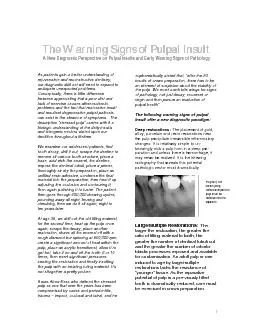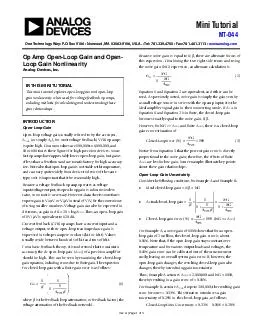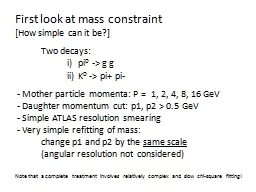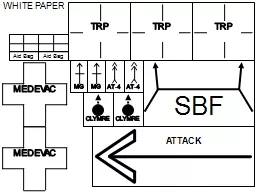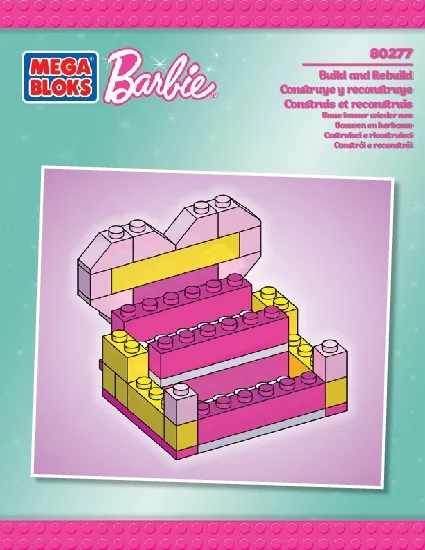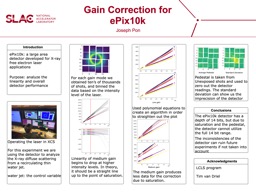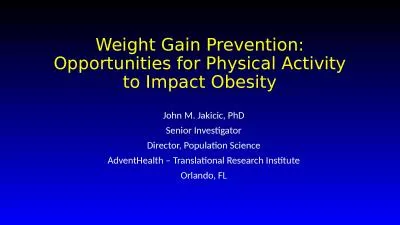PDF-As patients gain a better understanding of rejuvenative and recon
Author : sherrill-nordquist | Published Date : 2015-12-07
LargeMultiple Restorations The larger the restoration the greater the ratio of filling material to tooth the greater the number of dentinal tubuli cut and the greater
Presentation Embed Code
Download Presentation
Download Presentation The PPT/PDF document "As patients gain a better understanding ..." is the property of its rightful owner. Permission is granted to download and print the materials on this website for personal, non-commercial use only, and to display it on your personal computer provided you do not modify the materials and that you retain all copyright notices contained in the materials. By downloading content from our website, you accept the terms of this agreement.
As patients gain a better understanding of rejuvenative and recon: Transcript
Download Rules Of Document
"As patients gain a better understanding of rejuvenative and recon"The content belongs to its owner. You may download and print it for personal use, without modification, and keep all copyright notices. By downloading, you agree to these terms.
Related Documents

